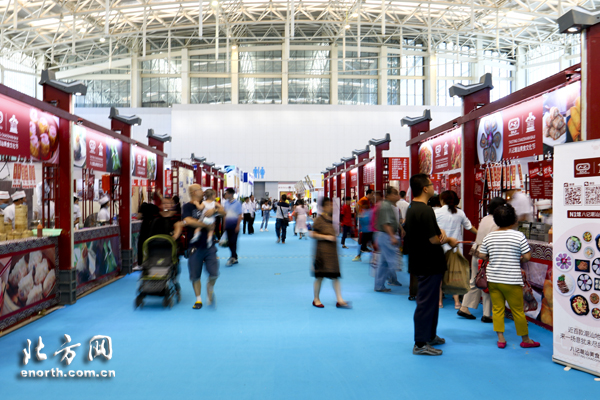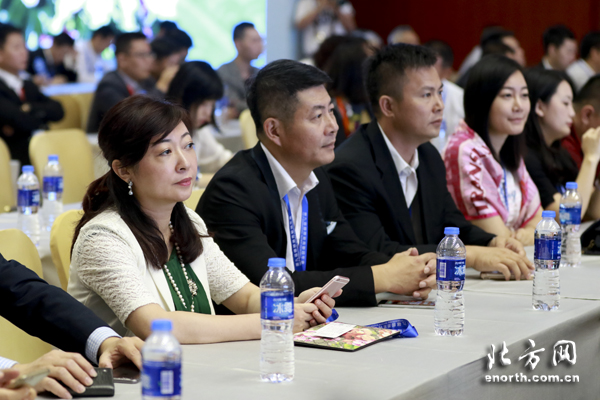The Eighth Overseas Chinese Pioneering and Developing Conference was held in Tianjin on August 26, with more than 800 experts and overseas Chinese businesses from 20 counties in attendance.
Twenty-nine purchasers and 64 exhibitors negotiated during the event and reached more than 180 cooperation agreements.
Fang Jingbiao, deputy director of the Overseas Chinese Affairs Office of Tianjin Municipality, said more and more overseas Chinese businessmen prefer returning and investing in China after the implementation of the free trade zone investment facilitation policy.
 |
|
The Eighth Overseas Chinese Pioneering and Developing Conference in Tianjin. [Photo/enorth] |
In addition, the promotion of several national strategies such as the coordinated development of Beijing-Tianjin-Hebei and the Belt and Road Initiative has brought Tianjin more and more opportunities to attract investment from overseas Chinese.
Meanwhile, the eagerness of overseas' contributors to develop the Tianjin Free Trade Zone is accelerating settlement of overseas Chinese ventures and programs.
According to the Overseas Chinese Affairs Office of Tianjin Municipality, in the past five years more than 5,000 overseas Chinese visited Tianjin to study its investment environment. Over 3,800 registered overseas Chinese ventures settled in Tianjin in that period, bringing over $30 billion total investment.
 |
|
Chaoshan representatives at the conference. [Photo/enorth] |
Fang Shuhua, a committee member of the Overseas Chinese Promotion Association of Malaysia, said the open and integrated development approach to China’s free trade zones has attracted more and more Malaysian entrepreneurs in education, cultural and technological fields.
She added that overseas Chinese businessmen should swiftly adjust to the new investment environment and seize the fresh opportunities.
The event included four exhibition areas: a leisure life museum, a world brands museum, a craft boutique museum and a cultural and innovative products inspection workshop.
Hundreds of overseas paintings and calligraphy pieces were on display, and visitors were able to practice traditional calligraphy in the museums.

 Daily life
Daily life




